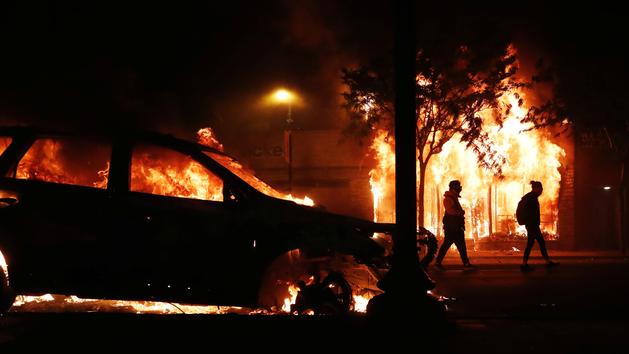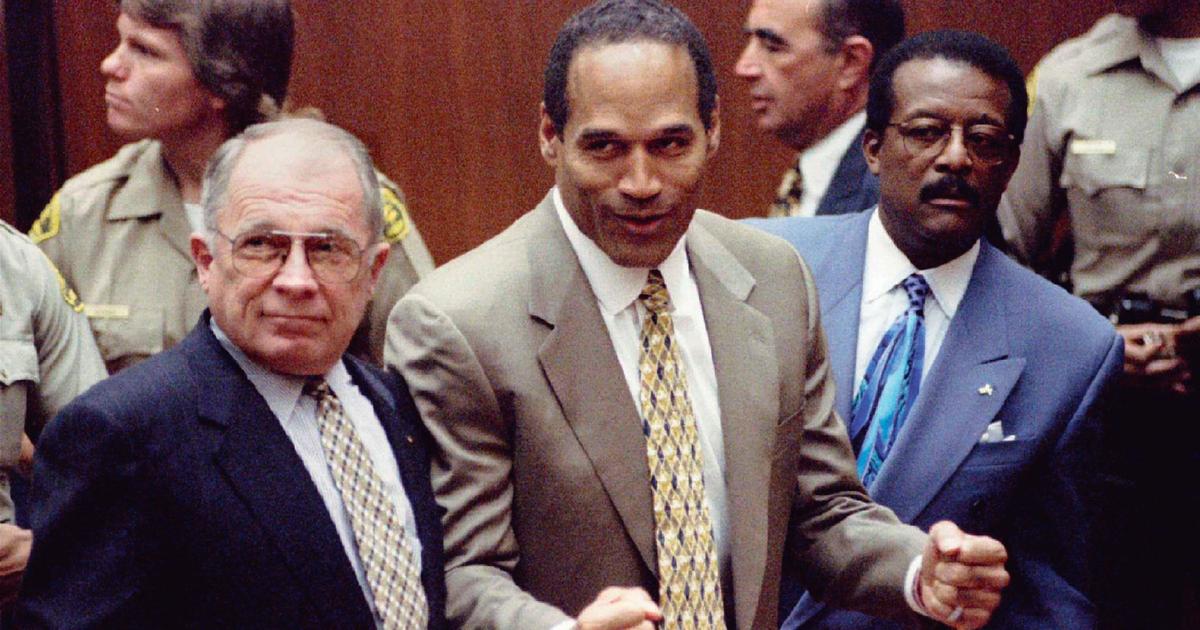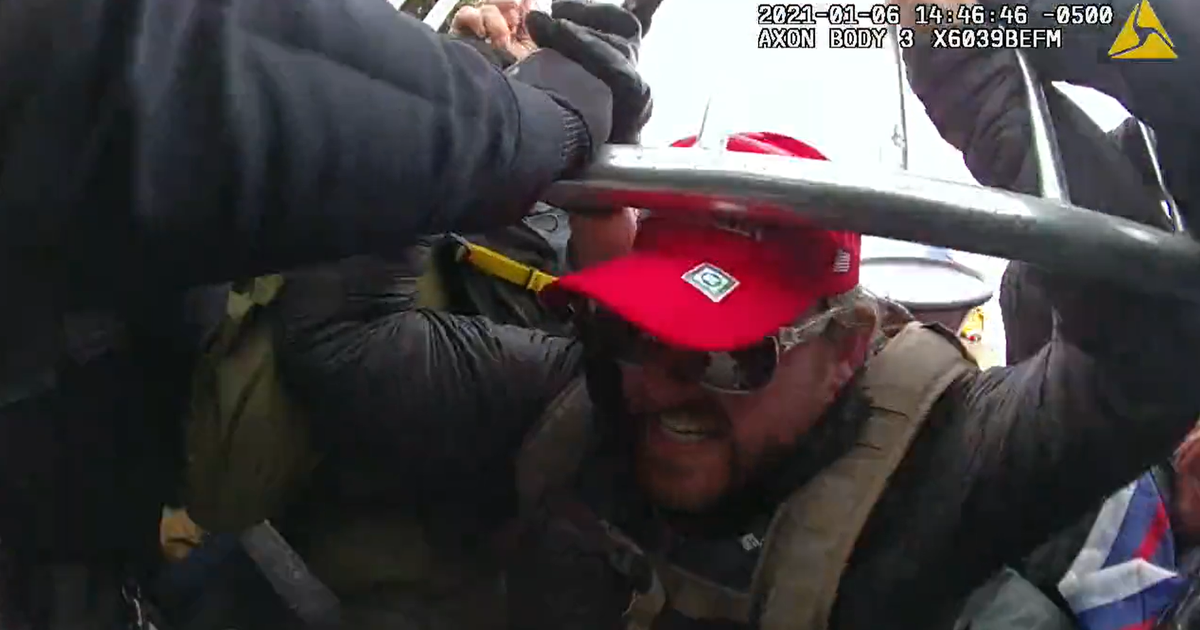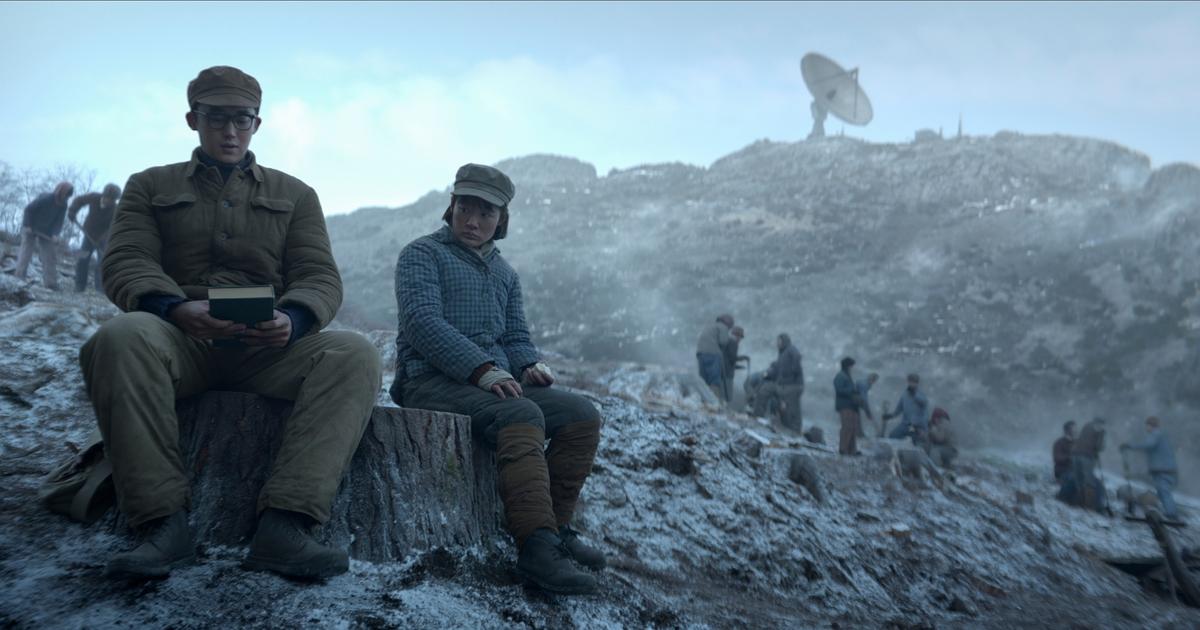The United States has been shaken since Tuesday by violent demonstrations denouncing police brutality and racism, of a scale evoking the great demonstrations against the Vietnam War and for civil rights in the 60s.
How it all began?
The protests began Tuesday in the city of Minneapolis, in the state of Minnesota, the day after the broadcast on social networks of a video, which immediately went viral. The latter shows a black man, George Floyd, held on the ground by a white policeman, his knee resting on his neck for almost nine minutes, while Mr. Floyd was repeating, "I cannot breathe", and passers-by s worried about his condition.
Mr. Floyd was pronounced dead soon after, immediately becoming the new symbol of recurring police violence against blacks, which sparked a series of violent protests, from the Rodney King affair in Los Angeles in the early 1990s to 'to the death of Ahmaud Arbery in February in Georgia, passing by Eric Garner in New York in 2014, which fueled the #BlackLivesMatter movement created in 2013.
The agent who tackled him on the ground, Derek Chauvin, was charged with manslaughter Friday, but the three colleagues who let him do so remain at large.
Since Wednesday, the protests are daily and have reached at least 140 cities. They usually start out calmly, but degenerate into the evening, with scenes of violent confrontation with the police, burned cars and looting of shops.
How did the authorities react?
As of Monday, at least 40 cities in the United States had instituted a curfew - including Los Angeles, Chicago or Atlanta, but not New York - and 26 of the 50 states had called for help from the National Guard.
Many mayors and governors across the country have expressed their "understanding" at the anger expressed by protesters over decades of injustice toward blacks. Some police officials even marched alongside the protesters, and police, particularly in New York, knelt on the ground in solidarity with the movement.
But since the beginning of the violence, many of these officials have denounced, like the mayor of New York Bill de Blasio, a "handful" of extremists who are behind the violence. And to underline, like the black mayor of Atlanta Keisha Lance Bottoms that the violence diverted on the contrary the attention of the problems to be solved.
Donald Trump, after being shocked by the death of George Floyd and having contacted his family, denounced him jumbled up by local democratic representatives to the reaction deemed too soft, the activists of the anti-fascist current, whom he accuses of fomenting violence and would like to see treated as a terrorist movement, or journalists.
The American president has spoken mainly via Twitter, without addressing the nation so far as some have called him to do. He was accused of adding fuel to the fire, in particular for threatening to shoot the looters.
How could it end?
This is the question everyone is asking. Typically, these protests "go out after three to four days," said Candace McCoy, professor of criminal justice and specialist in the history of protests at New York City University.
Because the political climate is "very tense" five months before the American presidential election, and because police brutality is only "the visible part of the iceberg" of "structural" inequalities. Inequalities further illustrated by the pandemic and the unemployment it generated, which hit the black and Hispanic minorities hardest.
Many protesters have been demanding since last week that Derek Chauvin be charged with murder or murder and that his three colleagues also be charged.
But even if it did, Candace McCoy believes it would not be enough to put out the fire. Videos showing police brutality during the demonstrations also fueled the movement, making the call for calm launched by George Floyd's brother almost inaudible.
Some, like ex-President Barack Obama, nevertheless hope that this activism will inspire far-reaching reforms. And the presence of many young white people at the protests is "a sign of hope for race relations in the United States," said McCoy.















